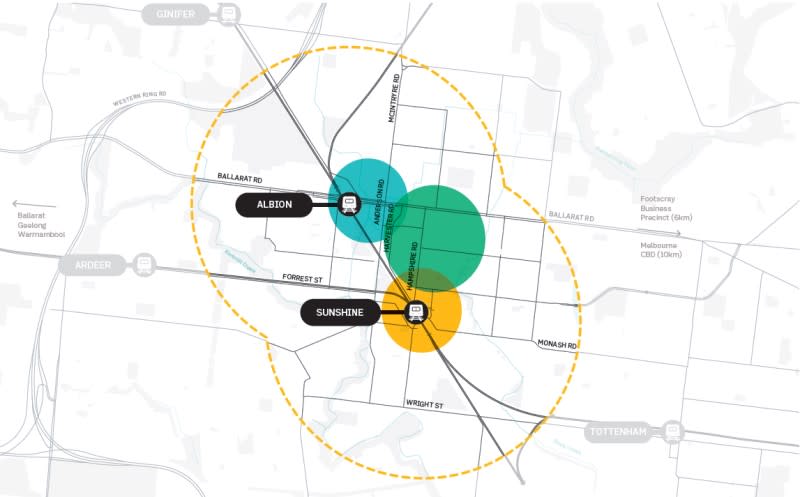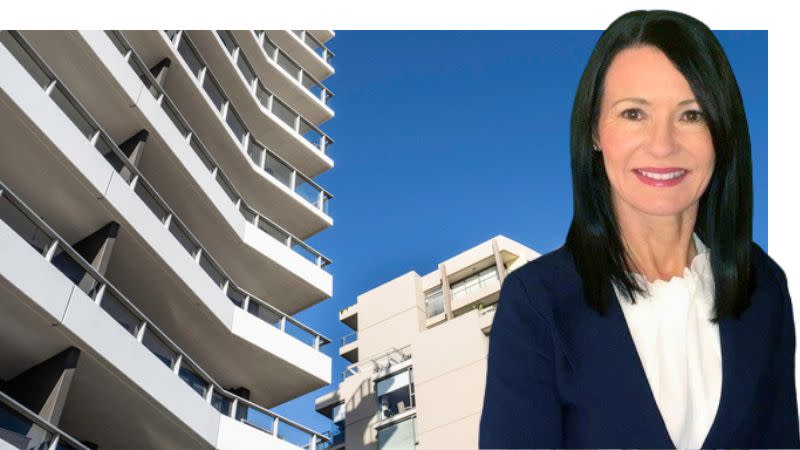Victoria’s Infrastructure Program Wins Budget Blessing

Infrastructure is a big winner in the Victorian Budget for 2025-26 as industry experts claim the property sector has been left behind.
Victorian Treasurer Jaclyn Symes’ first Budget has set aside billions for infrastructure projects across the state, but has left the property sector hanging, according to Property Council of Australia’s Victorian director Cath Evans.
“The industry was hoping for progress—instead, we’ve hit a stop sign,” Evans said.
Infrastructure
State expenditure on infrastructure projects hit a peak in the 2023-24 financial year at $24.2 billion, before dropping to $23.8 billion in 2024-25.
It is forecast to hit $15.6 billion in 2028-29 with an average per year of $17.9 billion.
It is not clear if this includes the money provided through Treasury advances for extra costs for infrastructure projects.
Big spends earmarked in the Budget include $4.1 billion set aside for the Sunshine Station Superhub and $727 million for the Metro Tunnel project to begin services through five new underground train stations.
Regional transport networks have been allocated $777 million, which includes $137 million for regional road maintenance, $270 million for regional rail network operations and $52 million for the Gippsland, Seymour and Bendigo train lines to increase services.
There will also be $50 million to ensure the safety of the San Remo Bridge and $30 million to upgrade other regional roads and bridges.

Housing
The Budget sets aside $407 million to unlock housing and buy landas well as $24 million to push through extra planning consultation on housing around activity centres.
The land duty transfer zone will also be extended to October of 2026 while $249 million has been earmarked for social housing projects.
There is a $10 million allocation to unlock trunk infrastructure for water, sewerage, roads and electricity, to enable more projects to start.
Extra trams and trains are expected to cost $124 million, another $46 million will be used for adding new train services and $162 million will be spent on bus services.
All kids under 18 across the state will also be able to travel for free on public transport.
Property sector ‘left at a standstill’
The PCA has been advocating for an easing on taxes and efforts to promote investment since the 2024-25 Budget.
Evan said that government fees, costs and charges comprise up to 43 per cent of the cost of a new home.
“Since last year’s Budget, we have been loudly advocating for an easing of the tax burden to promote investment, greater support for first homebuyers and feasibility solutions to increase supply,” Evans says.
“Taxes have the industry in a chokehold, with a myriad of government fees, costs and charges that have continually increased and stifled investment.
“This Budget has left the property sector at a stand-still. We are no better off today than we were yesterday.”
She said PCA research for the first quarter of this year showed that taxing foreign investment resulted in a loss of 81,000 homes or $93 billion and 90,000 jobs.
“We have been calling for a pause on foreign investor surcharges to attract and retain foreign investment, tax relief so developers can start to bridge the project feasibility gap, and a reduction of the windfall gains tax to stimulate investment,” Evans told The Urban Developer.
An expansion of stamp duty exemptions for off-the-plan units, townhouses and apartments was revealed last week.

However, the PCA said this was not enough and that there was no support for housing supply in the Budget despite Victoria falling short of its housing targets by more than 20,000 homes.
Australian Bureau of Statistics data shows that for the fourth quarter of 2024, just 13,955 homes were built across Victoria, an 8.8 per cent decrease on the previous quarter.
“The Property Council has also been advocating for a temporary increase to the First Homeowner’s Grant from $10,000 to $30,000 to restore consumer confidence while planning reforms flow into the market,” Evans says.
“The reality is that we are not supplying enough homes for a growing Victoria.”
Other winners
Schools were another Budget winner with $1.5 billion allocated to build 100 new schools by 2026.
Another $44 million will be spent on adding more student places for courses, $171 million on enabling more people to access training through Free TAFE and $23 million for supporting the apprenticeship program.
There was also $634 million set aside for the new Footscray Hospital and $11 million to open and operate the Nyaal Banyul Geelong Convention and Event Centre.














